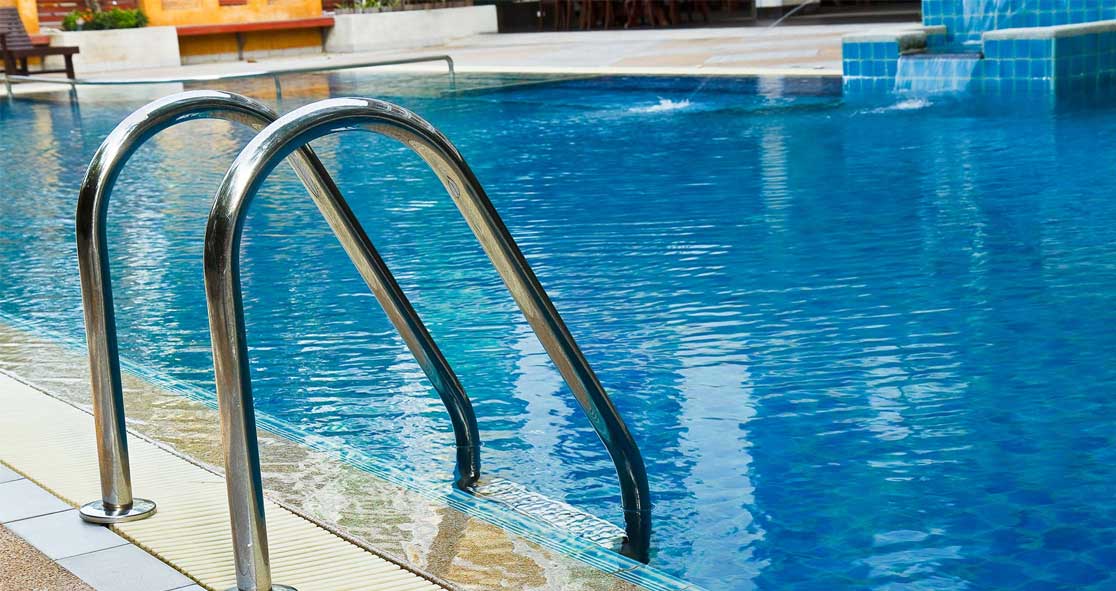Swimming is one of the best and healthy forms of exercise for many people. However, studies have found disinfecting pools with chlorine could increase a regular swimmer’s risk of developing respiratory problems, including asthma.
Now, a new study, published in Environmental Science & Technology – a scientific journal published by the American Chemical Society – has found that using a complementary form of disinfection, called copper-silver ionization (CSI), can decrease disinfection byproducts and cell toxicity of chlorinated swimming pool water, according to Science Daily.
It is essential to disinfect swimming pools in order to kill or inactivate harmful pathogens.
Chlorine is an effective disinfectant, but it can react with a swimmer’s organic matter or compounds such as those found in urine, sweat, sunscreens, and cosmetics, producing disinfection byproducts (DBPs).
Epidemiological research has shown that DBPs increase the risk of certain health problems, such as respiratory problems, bladder cancer, and pregnancy or birth complications.
So, one can use CSI instead of chlorine to disinfect swimming pools. CSI involves generating antimicrobial copper and silver ions by electrolysis.
Susan Richardson and her colleagues wanted to know whether using CSI along with reduced chlorine levels could disinfect swimming pools while also reducing the formation and toxicity of DBPs.
They collected water samples from two swimming pools (one outdoor and one indoor) treated with CSI and chlorine.
The team found that the indoor samples were more toxic to animal cells than the outdoor samples, probably because outdoor DBPs can volatilize in the open air or degrade with sunlight over time, according to Science Daily.
“In indoor pool water, the lowest levels of DBP formation and toxicity were observed when the lowest amount of chlorine was used in combination with CSI,” the researchers noted.
They wrote, “These data suggest that using CSI with lower amounts of chlorine could be a way to make swimming safer.” The article was published Wednesday in Science Daily.




















